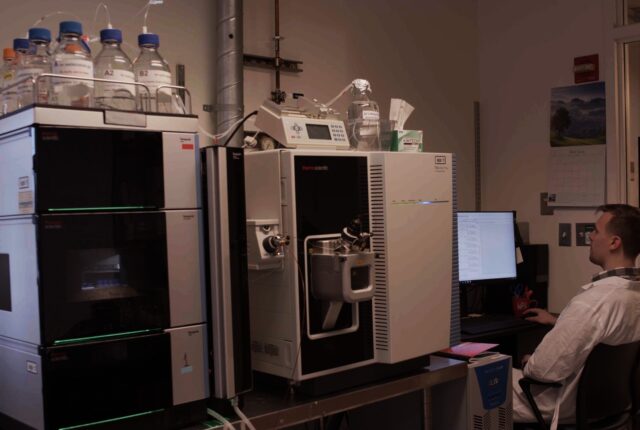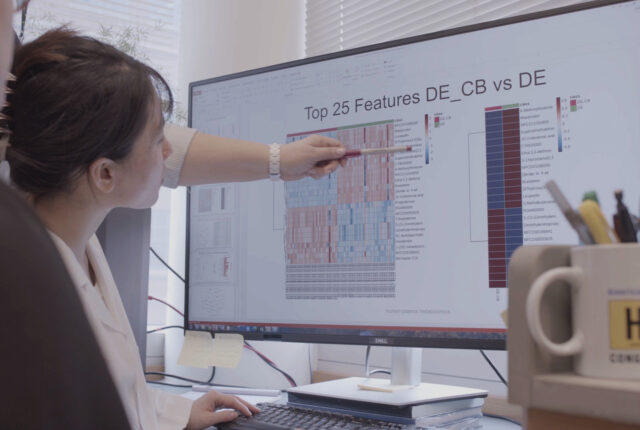Facility Cores
The CEET provides the infrastructure to support translational environmental health research through three unique facility cores: Translational Research Support Core, Biomolecular Mass Spectrometry Core and Environmental Health Informatics Core.
Translational Research Support Core
The Translational Research Support Core (TRSC) facilitates translational research to help conduct human subject and population science studies, providing expertise in human study design and implementation, exposure assessment and biostatistics, and access to biorepository resources. The TRSC predicts who is at risk of exposure, who is at risk for disease, and the identification of predictive and prognostic biomarkers.
View TRSC Services
Biomolecular Mass Spectrometry Core
The Biomolecular Mass Spectrometry Core (BMSC) fosters the use of sophisticated analytical methodologies to detect reporters of the exposome (e.g., proteome, lipidome, metabolome, adductome and metallome) as markers of exposure, adverse response, and outcome. Many of the assays performed in the BMSC cannot be performed elsewhere in the world.
View BMSC Services
Environmental Health Informatics Core
The Environmental Health Informatics Core (EHIC) conducts multiomics integration (bioinformatics); Electronic Health Record mining (biomedical informatics); chemoinformatics (predictive and computational toxicology) and public health informatics (mining of public health databases). Each informatic approach is underpinned by Artificial Intelligence and Machine Learning.
View EHIC Services
Community Engagement Core (CEC)
The CEC brings communities and CEET researchers together to tackle questions of common interest and address them collaboratively. The CEC identifies research needs and engages the TRSC to perform a needs assessment to determine study design, implementation science strategies and opportunities—and depending on the scope of the question, the BMSC may be used to conduct analysis of environmental samples or biospecimens and the EHIC may assist in geospatial analysis, analysis of biosensor or biowearable data and provide public health information
Learn More about the CEC